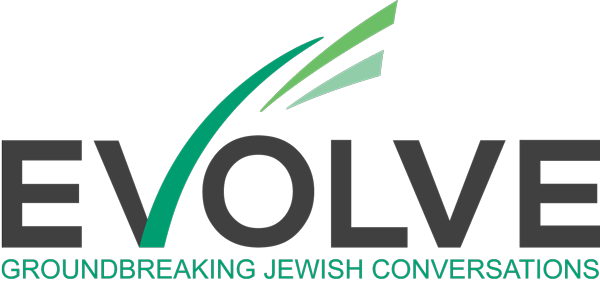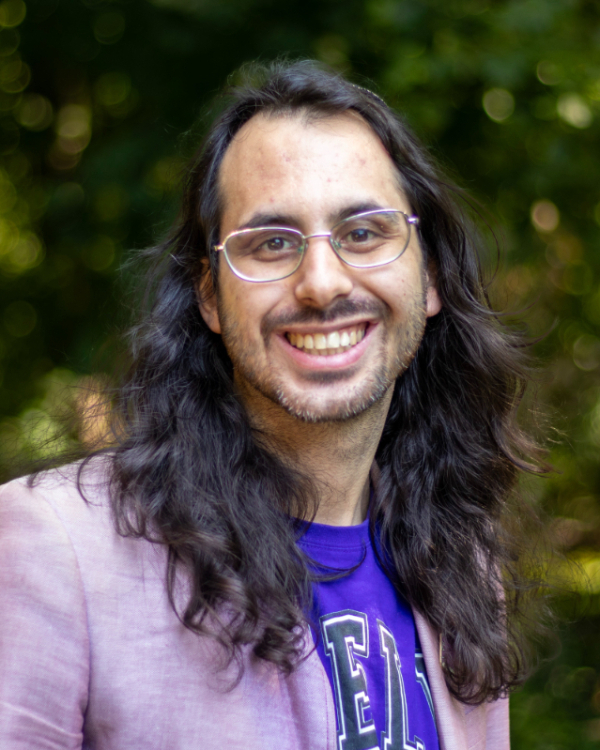Reconstructing Judaism is officially “committed to supporting and advocating for institutional, local and federal legislation and policies that specifically address the need for reparations.” But what does this look like in practice? As an Australian student at the Reconstructionist Rabbinical College, I have learned that the U.S. reparations movement, while deeply critical of America, often views other countries through rose-tinted glasses. Unfortunately, doing that is often the result of projecting U.S.-centric assumptions onto the history and politics of other countries to the detriment of the movements for truth and reparations in both places.
The concern is not only about historical accuracy or idealizing Australian history. Rather, we should avoid a situation in which the confusion about the definition of “slavery” distracts us from facing the egregious and lasting harm caused when people — whatever we call them — are deprived of life, liberty and the fruits of their labor, and are therefore entitled to reparations.
In the very first Torah text we analyzed in my rabbinical studies, we immediately encountered a translation question. We were studying Genesis 16, the story of Sarai and Hagar. Sarai (later Sarah) was the first of our foremothers. Hagar was her Egyptian shifkhah.
What’s a shifkhah? Herein lies the problem. The Brown-Driver-Briggs dictionary (our constant companion in these classes) offers “maid, maid-servant, as belonging to a mistress” as a translation. That “belonging” is key — the shifkhah is the possession of another. This is instrumental to the biblical narrative we were studying. Hagar is Sarai’s, which is why she is able to give her to Abram to use for reproduction. And yet, the Brown-Driver-Briggs dictionary, like the Jewish Publication Society translation, shies away from the language of slavery.
I can understand their reluctance. The reprehensible history of chattel slavery in the United States has made the word “slavery” practically synonymous with “chattel slavery” in not just American cultural and political discourse, but in popular consciousness throughout the Western world. Under chattel slavery, slaves are the personal property of their enslavers and can be bought and sold at will.
But Hagar is not a chattel slave — at least, not in the form familiar from U.S. history. Even after Sarai gives her to Abram, the narrative makes it clear that she remains Sarai’s; Hagar’s failure to acknowledge this may be part of what draws Sarai’s ire.
Moreover, slavery in the ancient world bears significant differences from slavery in the history of the United States. For one, it was not racialized; in a society with no concept of human rights, there is no need to find an excuse to deny rights to a subset of the population. For another, personal slaves (like the shifkhah) largely performed domestic labor and errands (in addition to being exploited for sexual and reproductive purposes). Construction work, mining and agriculture certainly involved unfree labor but often in service to a state or sovereign, like serfdom. We were slaves to Pharaoh in Egypt.
These differences explain why translating shifkhah as “slave-woman,” or something similar, risks being misleading, especially for modern American audiences. Wary of erasing the distinctions between the social structures of the ancient world and the modern, they avoid the language of slavery.
But this comes at a dangerous price. As British-American classicist and translator Emily Wilson has argued, avoiding the language of slavery in the name of accuracy risks “making slavery invisible.” “The need to acknowledge the fact and the horror of slavery … seems to me to outweigh the need to specify, in every instance, the type of slave,” she writes.
I find Wilson’s argument convincing. As a rabbinical student, I believe that we must prioritize acknowledging the crimes of slavery in our own history and mythology, particularly where we are the perpetrators. Although I acknowledge that the term “slave” carries with it implications for the modern reader (especially in America) that can obscure the civilizational context of the text, I believe that the imperative to name the horrors of slavery usually outweighs the value of technical accuracy.
As an Australian, I take Wilson’s concerns especially seriously. While chattel slavery did exist in Australia in the early days of European colonization, it was minimal and was never the dominant form of slavery. Unfortunately, the relative lack of chattel slavery is often framed as a lack of slavery entirely. The history of slavery in Australia is profoundly erased, even in educated circles. It was not until university that I began to learn of it, and most Australian adults have little to no idea of it. As recently as 2020, then-Prime Minister Scott Morrison falsely claimed that there was “no slavery in Australia” from the time of its foundation as a British settlement. A narrow, U.S.-centric definition of slavery that excludes most forms of unfree labor has been and still is used to erase the horrors of Australia’s past.
In fact, the history of Australia is deeply entwined with slavery and unfree labor. It was founded as a British penal colony and built on penal labor, often leased to wealthy private landowners. Throughout colonization, Indigenous Australians were captured in raids, torn from their families and put to work for domestic, agricultural and pastoral labor. Migrant laborers were imported, often against their will, and were sold as property or made to work for food and board, or they were indentured to pay off “debts” that were never satisfied. Up until the late 1970s, Indigenous Australians lived under “protection” acts that governed their lives, deeply restricted personal freedom and — critically — held their wages in government trust and prevented them from accessing their own money. Even in the 21st century, government actions around Indigenous Australians view paternalistic safeguarding as justifying racial discrimination.
The confusion about the definition of “slavery” distracts us from facing the egregious and lasting harm caused when people — whatever we call them — are deprived of life, liberty and the fruits of their , and are therefore entitled to reparations.
And yet, somehow, in the few months I have lived in the United States, I have seen well-meaning and otherwise well-informed reparations activists lift up Australia as an example to be followed. In Rabbi Sharon Brous’s otherwise excellent d’var Torah, “Our House Was Built on a Stolen Beam,” she conflates the Howard government’s “Motion of Reconciliation” with the Rudd government’s “National Apology” and then conflates both of those with reparations. But the Motion of Reconciliation occurred in in the late 1990s and, despite supposedly expressing “deep and sincere regret,” it was explicitly not an apology. Despite the horrors of the “Stolen Generations” — the genocidal government program through which up to a third of Indigenous Australian children were forcibly removed from their families from 1905 up through the 1970s — Prime Minister John Howard notoriously refused to apologize for these policies. He was nicknamed “Not Sorry John” by the left. The Rudd government’s apology occurred in 2008, about 10 years later, and regrettably, the issue of the apology was not a significant factor in Howard losing the 2007 election. Moreover, the apology was accompanied by no material reparations on the national level (and limited material reparations on state levels have been deeply flawed and do not extend to the descendants of victims). And the apology was focused especially on the “Stolen Generations.” It said little to nothing about the slavery and violence of European colonization prior to 1905, nor the ongoing harms face by the Indigenous community.
I am sorry to say that Australia is not an example to follow. So-called “Australia Day” (named “Invasion Day” by critics) still occurs on the anniversary of the British invasion, despite an extensive and ongoing campaign to change the date. In 2023, a referendum to create an Indigenous Voice as an advisory body to parliament and to amend the Constitution to recognise Indigenous Australians was overwhelmingly defeated. And, as I have said already, most Australians still don’t know about the history of slavery in Australia. Right-wing authors consistently deny, minimize or erase colonial atrocities in an ongoing public debate sometimes called the ‘‘History Wars.”
When American activists misguidedly present Australia as an inspiration, the problem isn’t just inaccuracy. It’s that unwarranted praise lowers the bar by minimizing both historical and ongoing crimes. Erasing the history of slavery in Australia erases both the historical and the present reality of slavery in the United States.
Remember, Australia was founded as a penal colony and was built initially on penal labor. And the 13th Amendment to the U.S. Constitution explicitly permits slavery as punishment for a crime to this day. From the beginning, this was exploited to facilitate the persistence of racialized slavery in the United States. The criminalization of vagrancy in the American South largely targeted freed slaves; the convict-lease programs used penal labor on the plantations. The United States has the largest prison population in the world, characterized by massive racial disparities. Over the past few decades, the massive privatization of prisons has led to the forces of commerce and capital once again shaping the contours of forced labor in the United States.
“The need to acknowledge the fact and the horror of slavery … outweighs the need to specify, in every instance, the type of slave,” says British-American classicist and translator Emily Wilson.
Slavery through prison labor still occurs in Australia, too (albeit on a smaller scale). And like America, it is deeply racialized, with Indigenous people comprising approximately one-third of the Australian prison population but only 2% of the general population. They are the most incarcerated population in the world at a rate 16 times higher than non-Indigenous Australians.
The first step in reparations must be to stop actively causing harm. But before that, one must acknowledge that harm is, in fact, being perpetuated. It is not enough to honestly acknowledge the harms of the past and take responsibility for them; we must confront the harms of the present, too. Until we can be clear-eyed about the reality of slavery in both present-day Australia and present-day America, we cannot expect the reparations movement to make progress in either country.







